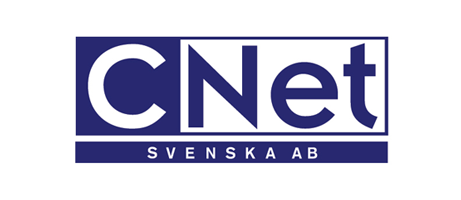Energy Efficiency and Smart Homes
Save costs and live comfortably with IoT
One of the most promising areas for Internet of Things technologies is improving energy efficiency by providing home and building automation through smart control and monitoring of devices and appliances. CNet has pioneered this field and is one of the core developers of the LinkSmart Open Source middleware for IoT applications.
CHALLENGES
Our spin-off company CheckWatt is providing the service EnergyInBalance to home owners for energy monitoring and control of heating, hot water production and household appliances. EnergyInBalance also supports consumers in monitoring their own solar energy production. Energy Benchmarking and Energy Bill Forecasting make the customers understand their energy consumption and relieve them from unexpected high energy bills. EnergyInBalance is based on Internet of Things and Cloud technology developed in CNets R&D activities. At the core of the EnergyInBalance service is our award-winning Open Source middleware LinkSmart.net.

We are currently carrying out several research and development projects. In the Impress project we are developing a toolkit for rapidly creating EE solutions for monitoring and control of devices, appliances, lightning systems, sensors and services. The solution is being deployed in the famous opera house Teatro Amazonas in Brazil to forecast and save energy in this important cultural building.

The SEEMPubs consortium explored and developed innovative IoT technologies for energy efficiency in public spaces and historical buildings. We were able to show average weekly savings ranging from 27% to 36% in heating energy in the winter period.
The savings ranged from 63% to 74% for cooling energy in summer period. The system was deployed on existing buildings at the Politecnico Campus, and the Valentino Castle. The ME3Gas consortium developed smart gas meters to be combined with electricity meters and smart plugs to provide a common IoT platform for energy providers to deliver a set of energy services to the consumers. The system was deployed in La Coruna, Spain, and Cork, Ireland.

The INERTIA project addresses Distribution Grids by introducing more active elements combined with the necessary control and distributed coordination mechanisms. INERTIA adopts the Internet of Things/Services principles to the Distribution Grid Control Operations. Global operational and technical parameters of the electricity grid are seamlessly and continuously translated into real-time Local Control Strategies. INERTIA provides efficient integration of flexible demand with distributed generation within the smart grid as the mean to tackle the problems resulting from the continuous and massive integration of distributed intermittent and non controllable renewable sources.


